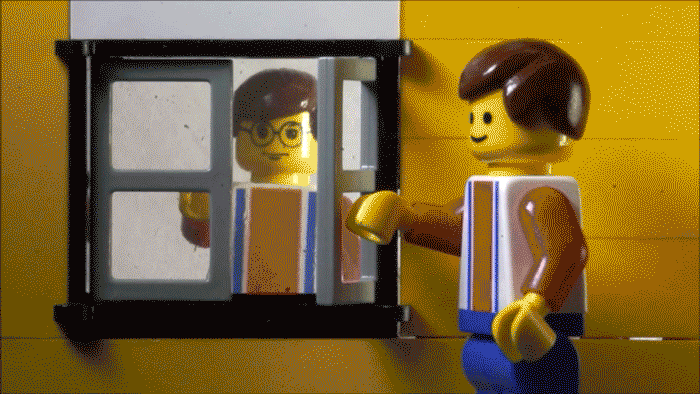Method turns glass from clear to opaque in an instant
Researchers at the Harvard John A. Paulson School of Engineering and Applied Sciences have developed a technique that can quickly change the opacity of a window, turning it cloudy, clear or somewhere in between with the flick of a switch. Tunable windows aren't new but most previous technologies have relied on electrochemical reactions achieved through expensive manufacturing.

This technology, developed by David Clarke, the Extended Tarr Family Professor of Materials, and postdoctoral fellow Samuel Shian, uses geometry adjust the transparency of a window.
The research is described in journal Optics Letters.
The tunable window is comprised of a sheet of glass or plastic, sandwiched between transparent, soft elastomers sprayed with a coating of silver nanowires, too small to scatter light on their own.
But apply an electric voltage and things change quickly.
With an applied voltage, the nanowires on either side of the glass are energised to move toward each other, squeezing and deforming the soft elastomer. Because the nanowires are distributed unevenly across the surface, the elastomer deforms unevenly. The resulting roughness causes light to scatter, turning the glass opaque.
The change happens in less than a second. It's like a frozen pond, said Shian. "If the frozen pond is smooth, you can see through the ice. But if the ice is heavily scratched, you can't see through," said Shian.
Clarke and Shian found that the roughness of the elastomer surface depended on the voltage, so if you wanted a window that is only lightly clouded, you would apply less voltage than if you wanted a totally opaque window.
"Because this is a physical phenomenon rather than based on a chemical reaction, it is a simpler and potentially cheaper way to achieve commercial tunable windows," said Clarke.
Current chemical-based controllable windows use vacuum deposition to coat the glass, a process that deposits layers of a material molecule by molecule. It's expensive and painstaking. In Clarke and Shian's method, the nanowire layer can be sprayed or peeled onto the elastomer, making the technology scalable for larger architectural projects.
Next the team is working on incorporating thinner elastomers, which would require lower voltages, more suited for standard electrical supplies.
Harvard's Office of Technology Development has filed a patent application on the technology and is engaging with potential licensees in the glass manufacturing industry.






